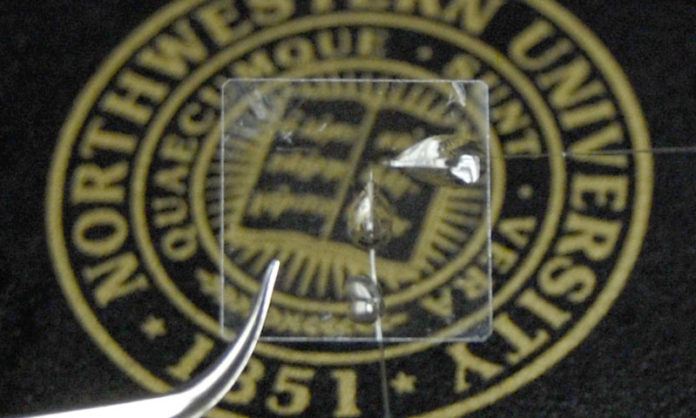Nowadays, the Imaging technique is increasingly in used for both fundamental biological investigations and clinical diagnosis. Although, it is the process of creating visual representations of the interior of a body. Similarly, photoacoustic imaging technique shows images of biological materials by combining the sound and light waves.
By using this scenario, scientists from the Northwestern University have developed the device called the Micro-ring resonator detector. This micro-ring resonator detector can regulate the speed of the blood flow and the oxygen metabolic rate at the back of the eye.
Scientists took almost three years to built this micro-ring resonator detector.
Professor Hao F. Zhang said, “We believe that with this technology, optical ultrasound detection methods will play an increasingly important role in photoacoustic imaging for the retina and many biomedical applications.”
In 2006, Zhang was exploring new retinal imaging technologies. Now, Dr. Amani Fawzi from Northwestern’s Feinberg School of Medicine convinced him to create a new diagnostic device that measures biological activities behind the eye.
Previous ultrasound detection devices were so bulky, opaque, and not sensitive enough. And due to its limited bandwidth, it could only capture part of it what was happening in the eye.
To overcome this issue, scientists develop a radically different type of detector. The micro-ring resonator detector small enough to be used with human eyes, soft enough to be integrated into a contact lens. It could generate a super-high resolution of hundreds of megahertz.
Zhang said, “We needed a device that had large enough bandwidth for spatial resolution. And it needed to be optically transparent to allow light to go through freely.”
“The trouble was to fabricate it, have it fit in the size of a contact lens, and make it still work.”
At the very earlier stage, scientists considered placing the needle-sized detector on the eyelid. But, that was not ideal. So, they next placed the device on a tiny ring implanted in a single-use contact lens worn during diagnosis.
This idea brings the new challenge for scientists to make it transparent.
After three years of consistent hard work, scientists make a tiny and transparent plastic ring resonator device. The device is 60 micrometers in diameter and 1 micron high.
Now various scientists from different fields have approached the team about adapting it for their own work.
Zhang said, “Typically, researchers use a pure piece of glass, but this allows for a lot more types of imaging.“
